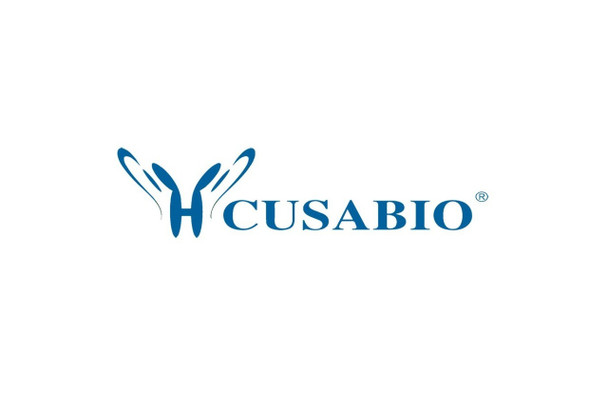Cusabio Polyclonal Antibodies
GABRB1 (Ab-434) Antibody | CSB-PA620050
- SKU:
- CSB-PA620050
- Availability:
- 3 to 7 Working Days
- Size:
- 100ul
Description
GABRB1 (Ab-434) Antibody | CSB-PA620050 | Cusabio
GABRB1 (Ab-434) Antibody is Available at Gentaur Genprice with the fastest delivery.
Online Order Payment is possible or send quotation to info@gentaur.com.
Product Type: Polyclonal Antibody
Target Names: GABRB1
Aliases: GABA (A) receptor; GABA (A) R beta-1; GBRB1; GABA-RB;
Background: The gamma-aminobutyric acid (GABA) A receptor is a multisubunit chloride channel that mediates the fastest inhibitory synaptic transmission in the central nervous system. This gene encodes GABA A receptor, beta 1 subunit. It is mapped to chromosome 4p12 in a cluster comprised of genes encoding a 4, a 2 and gamma 1 subunits of the GABA A receptor. Alteration of this gene is implicated in the pathogenetics of schizophrenia.
Collins AL, et al. (2006) Neurogenetics ;7 (3) :167-174.
Ma DQ, et al. (2005) Am J Hum Genet ;77 (3) :377-388.
Edenberg HJ, et al. (2004) Am J Hum Genet ;74 (4) :705-714.
Isotype: IgG
Conjugate: Non-conjugated
Clonality: Polyclonal
Uniport ID: P18505
Host Species: Rabbit
Species Reactivity: Human, Mouse, Rat
Immunogen: Peptide sequence around aa.432~436 (R-A-S-Q-L) derived from Human GABRB1.
Immunogen Species: Human
Applications: ELISA, WB
Tested Applications: ELISA, WB;WB:1:500-1:1000
Purification Method: Antibodies were produced by immunizing rabbits with synthetic peptide and KLH conjugates. Antibodies were purified by affinity-chromatography using epitope-specific peptide.
Dilution Ratio1: ELISA:1:2000-1:10000
Dilution Ratio2: WB:1:500-1:1000
Dilution Ratio3:
Dilution Ratio4:
Dilution Ratio5:
Dilution Ratio6:
Buffer: Supplied at 1.0mg/mL in phosphate buffered saline (without Mg2+ and Ca2+), pH 7.4, 150mM NaCl, 0.02% sodium azide and 50% glycerol.
Form: liquid
Storage: Upon receipt, store at -20°C or -80°C. Avoid repeated freeze.
Initial Research Areas: Neuroscience
Research Areas: Neuroscience;Cancer;Metabolism;Signal transduction






